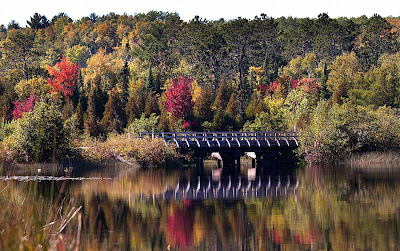 |
| Role Play: Creative Learning Fun |
The theatre doesn’t need to be fancy. The stage can be steps, under a table, or some chairs. Then add clothes and hats for costumes and stuffed animals or dolls for more characters.
If you plan to take your children to a new place, practice first at home by creating a little play. Children have amazing talents and creativity. They love to be silly and have fun.
 |
| Act Out Everyday Situations |
Some situations you might act out include: riding a bus, opening presents and saying “thank you” at parties, taking turns, going to the doctor or dentist, grocery shopping, banking, riding on an airplane, going to a nursing home or church, getting a hair cut, going on a train, to a play or school concert, sports event, or movie.
To role play a bus ride set up chairs for the driver and passengers. Then take turns being the driver with stuffed animals as passengers. Put on jackets and hats for costumes. Take along backpacks, snacks, stuffed animals, a schedule, map, and fare.
Adults, children, and stuffed animals can talk through what will happen and what rules are needed for safety and courtesy. Practice giving the fare to the driver and practice courtesy by smiling and saying, “Hello.” Children may practice entering and leaving the bus, sitting, and saying “thank you” to the driver when they leave.
The courteous driver may use a pretend microphone to announce places around town and greet passengers. After the ride sing "The Wheels on the Bus Go Round and Round." If possible, go on a real ride and point out landmarks.
Playing at Home
Adults sometimes forget there is a new world out there every time children go somewhere for the first time. Role playing at home helps them feel more secure, gives them the words they need to express themselves, and helps prevent tears.
Take a few pictures while role playing or experiencing the real thing and make a little four page book with a sentence and picture on each page. Preschool children can dictate the story while you write a few short sentences with correct capital and lower case printing. They may memorize the words or tell the story using the pictures, often one of the first steps to real reading.
 | |
| Museum Characters Make Great Role-Play Models |
Photos: Fran Darling: fdarling fotos
More Ideas and Activities....See the authors’ book “Learning Through the Seasons” at area bookstores and grandparentsteachtoo.org. For more help to prepare young children for success in school see the authors’ web site: www.grandparentsteachtoo.org. Also check our audio Podcasts WNMU Radio, 90; Youtube video activities; and join us on Pinterest




































